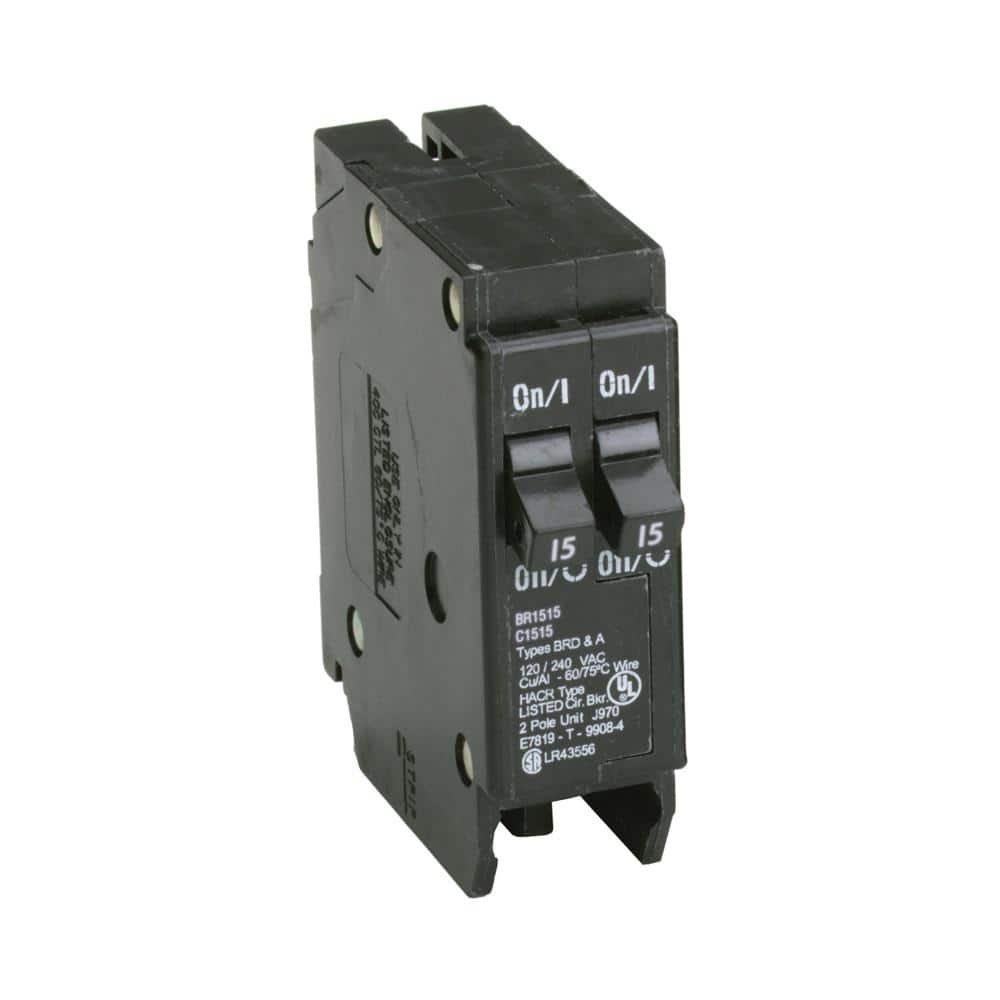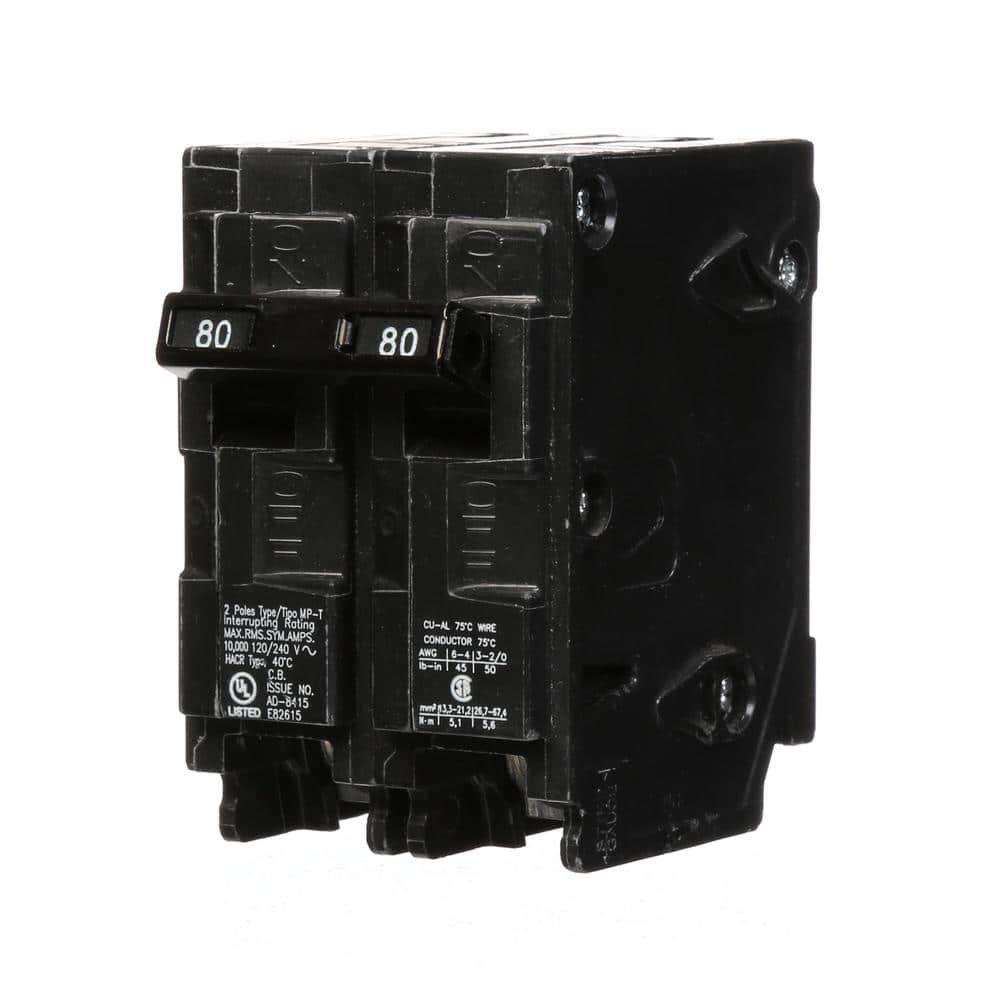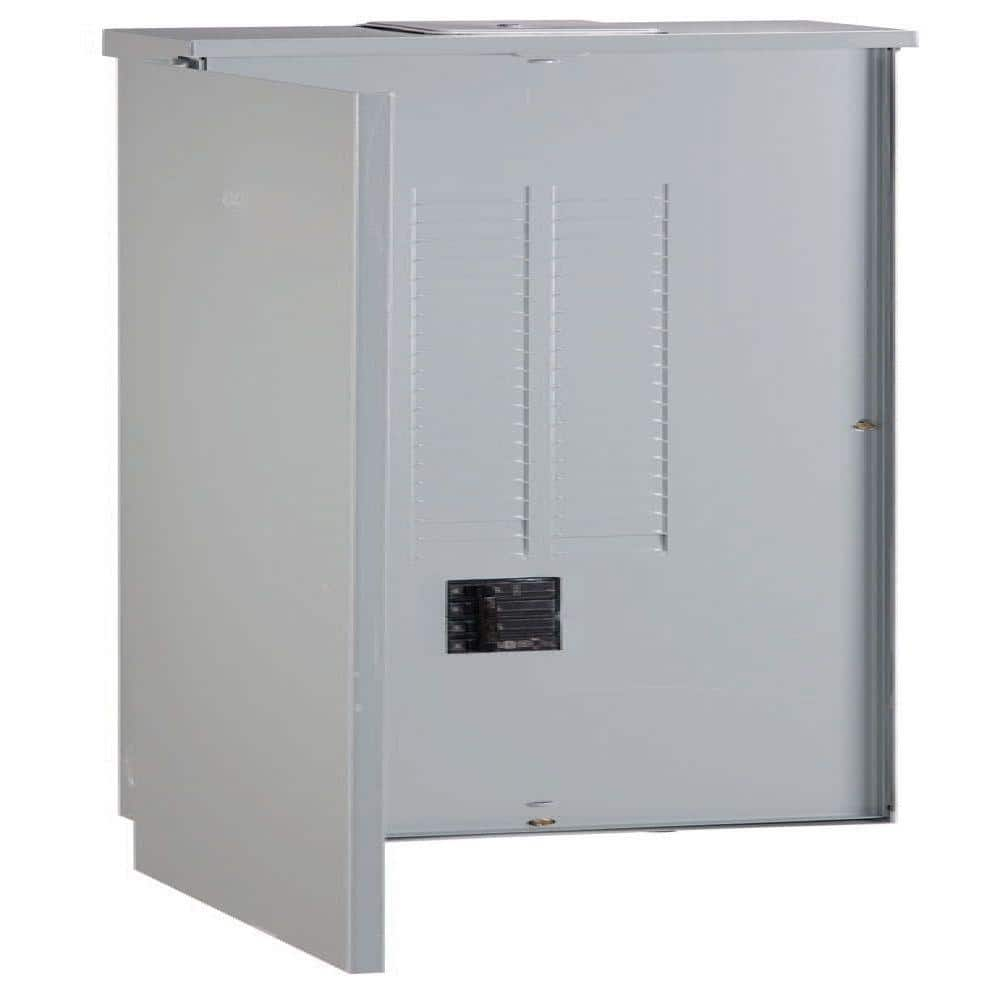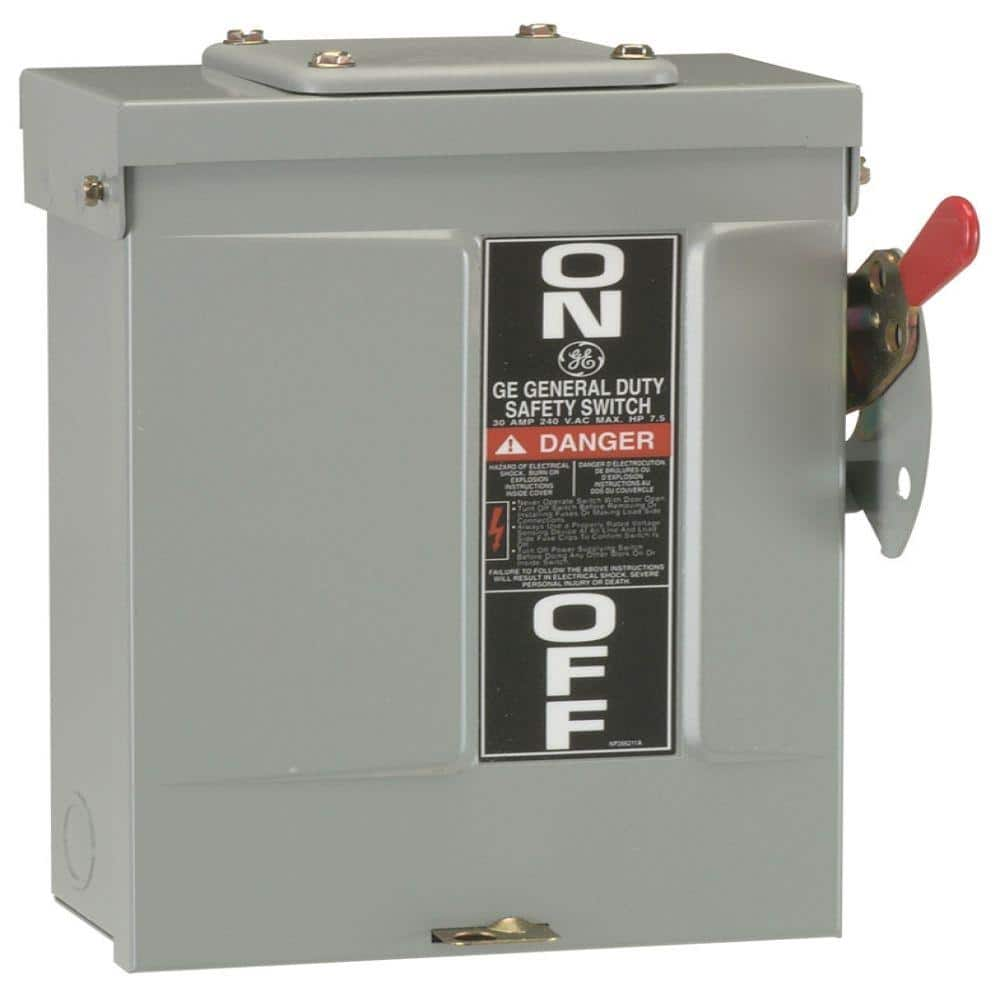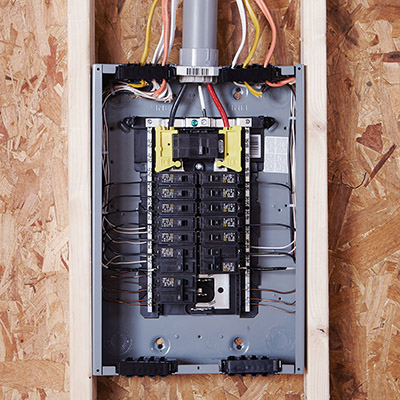How to Buy Electrical Panels

Last updated September 7, 2023
Electrical panels go by many names: breaker panels, load centers, service panels or breaker boxes. It’s the steel box that holds your home’s circuit breakers. When needed, the circuit breakers turn off or “trip” the circuits that carry power throughout your home.
This guide will explain the types
of electrical panels
and teach you how to determine the amps and number of circuit breakers you need for your home.
Tip: Before purchasing a breaker panel, check with local authorities and your utility company to be sure you select a panel that conforms to code requirements.
Table of Contents
What is a Circuit Breaker?
Electrical Panel Components
Types of Electrical Panels
Amps
How Many and What Type of Circuit Breakers?
What is a Circuit Breaker?
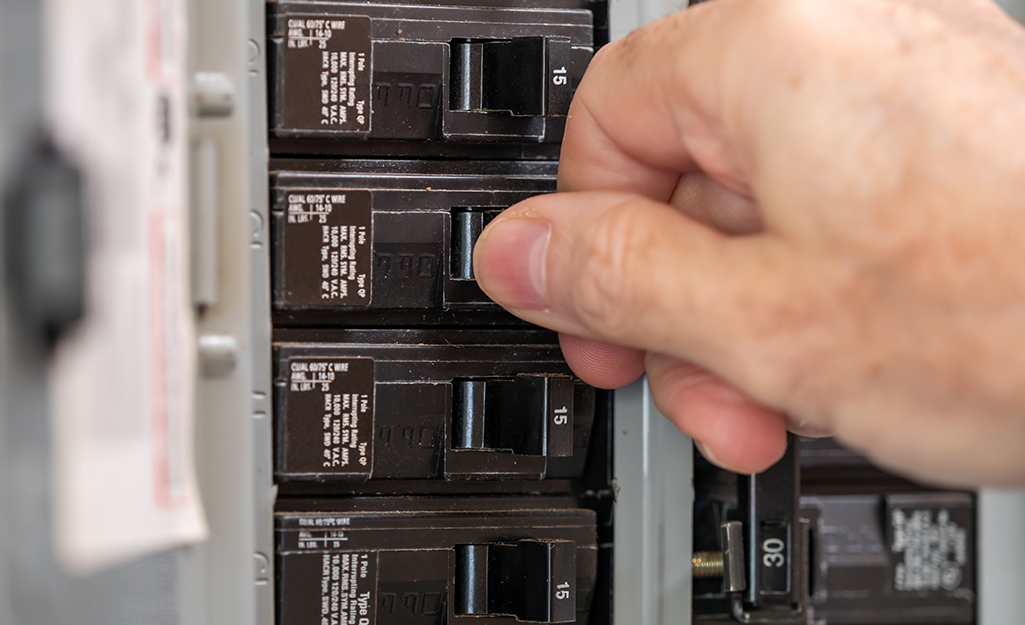
A circuit breaker is an automatic electrical switch that
turns the power off when it detects an electrical shortage
or overcurrent. This
“tripping” action protects wiring from damage, which protects you from electric shocks and your home from electrical fires. A circuit breaker acts like a fuse, except that it doesn't need to be replaced after a single use. Instead, you can manually reset the circuit breaker after it trips.
Circuit breakers can have up to three poles or connection points. Multi-pole circuit breakers can control multiple, unrelated circuits.
They are typically used for high-voltage appliances such as refrigerators and laundry machines. You can find all your home’s circuit breakers in an electrical panel.
What is an Electrical Panel?
Electrical panels house individual circuit breakers that correspond to different areas of wiring around your home. For example, you may have unique
circuit breakers for your laundry room, kitchen and main living area. All these
circuit breakers live in one or multiple electrical panels.
There are two main reasons you may want to replace your electrical panel or add a sub-panel: if you need to add circuit breakers but have reached the capacity of your current breaker panel or if you want to upgrade from fuses to circuit breakers.
Note that replacing an electrical panel
will not provide more power to your home. If your home needs more power overall, hire a professional electrician to increase your home's amperage. This process will include a new breaker box as well as other accessories, such as new cables and a new electrical meter.
Electrical Panel Components
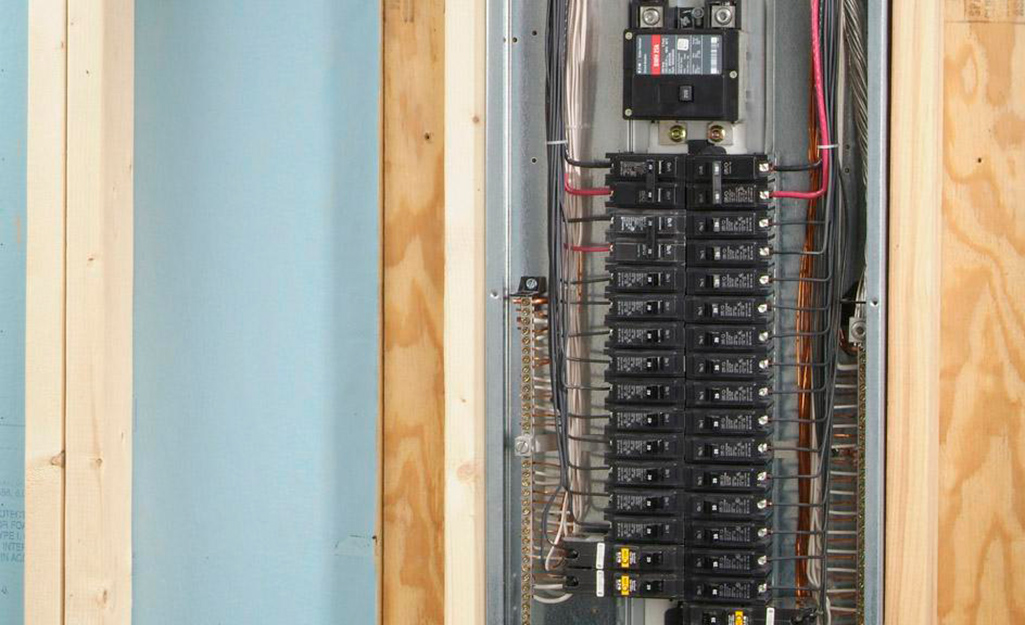
Your home gets electricity through wires that connect to your electrical panel. The electrical panel typically consists of a main breaker, circuit breakers and bus bars.
- Main breaker: Large two-pole circuit breaker that limits the amount of electricity coming in from outside to protect the circuits it feeds. It also identifies your breaker panel’s amperage capacity.
- Circuit breakers: Stacked in the panel and have an ON/OFF switch that controls the flow of power.
- Bus bars: Receive power from the two thick black wires that bring power in from the electrical meter, then carry power through the circuit breakers to the circuits.
- Neutral bus bars: Connect to the main circuit’s neutral wire. The neutral bar provides the contact point for the white wires that return electricity back to the breaker panel after flowing through the black wires to power a device. Depending on local codes and configurations, your home’s main grounding wire also connects to the neutral bar.
- Grounding bus bars: Unite all the grounding wires from the breaker panel’s various circuits and connect them to the ground bar. It is also connected to a grounding conductor, the metal enclosure and the neutral bar, if it's in the main service panel. The ground bar is not connected to the neutral bar at sub-panels.
Types of Electrical Panels
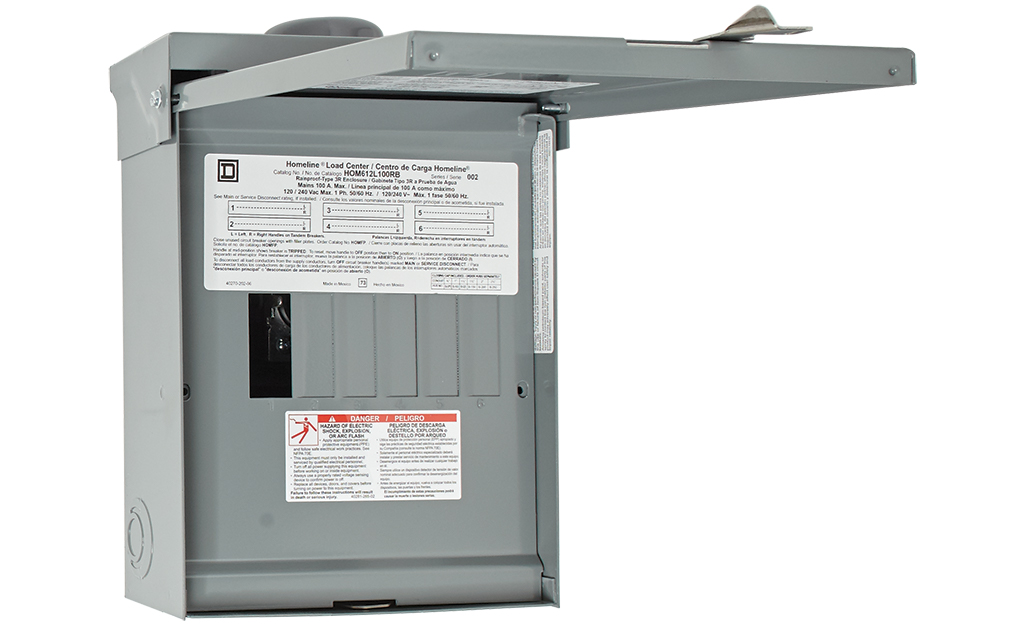
When replacing an electrical panel, you need to choose the type that has the right application and meets your local code requirements.
Main Breaker Panels
Main breaker panels have a built-in main breaker that can shut off all power to your home. A main breaker is a large two-pole circuit breaker that limits electricity intake to protect the circuits it feeds. It also identifies your electrical panel’s amperage capacity, meaning the amount of electricity the panel can safely carry. Main breakers can be installed when the meter and feeder cable are within 10-feet of the panel. Consult your local codes to see if your panel will meet this or another requirement for proper installation.
Main Lug Panels
Main lug panels do not have a main breaker. Instead, the line wires run to a type of electrical connector called a
lug. This type of electrical panel requires a separate disconnect.
In the event of a fire, the separate disconnect at a meter lets firefighters cut the power without entering the buidling.
Sub-Panels
A sub-panel is
a smaller electrical panel that services a specific area of the home. It holds separate circuit breakers from the main breaker panel. It's usually located near the area it powers. Sub-panels are best when multiple circuits are needed in a single area separate from your main house, such as a workshop or greenhouse.
Sub-panels get electricity from a circuit in the main panel and do not have their own disconnect. The amp rating of the circuit in the main breaker panel must be the same or less than the rating of its connected sub-panel. Also, the only limit for the number of sub-panels you can have is the number of available circuits in your main breaker panel.
Note that sub-panels do not increase the amount of available power. If an increase in electricity is needed, contact your local utility company or an electrician.
Transfer Switches
Transfer switches are a type of sub-panel that transform portable generator power into electrical power through your breaker panel.
If you live in an area where storms are common, you may have a permanent backup power generator that uses an alternative power source, like propane or natural gas.
You can wire the generator directly to the household electrical panel with a transfer switch. This provides a seamless switch from utility service to backup power when the power goes out.
Amps
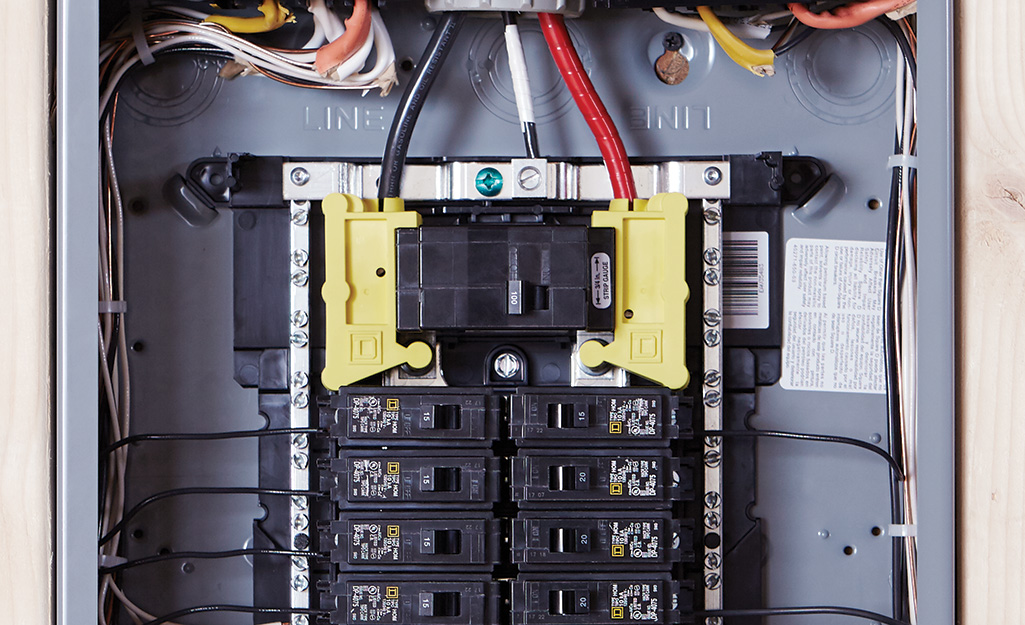
Amperage is electrical strength measured in the unit amperes. Electrical panels differ by the number of circuits they accommodate and the amount of amperage they provide.
- Find your current panel's amperage listed on its main breaker.
- When replacing your electrical
panel, either match the amperage capacity of your current model, or upgrade if your power needs have grown. - Amperage typically ranges from 60-amps in older homes to as much as 200-amps in new construction.
- Make sure the wire as well as other devices on the circuit are rated for the proper amps for the install.
- 100-amps is the minimum
panel amperage required by the National Electrical Code (NEC), but 150-amps is increasingly common. - While 100-amps to 150-amps are generally suitable for most homes, electrical panels are also available in 200- and 400-amp units.
How Many and What Type of Circuit Breakers?
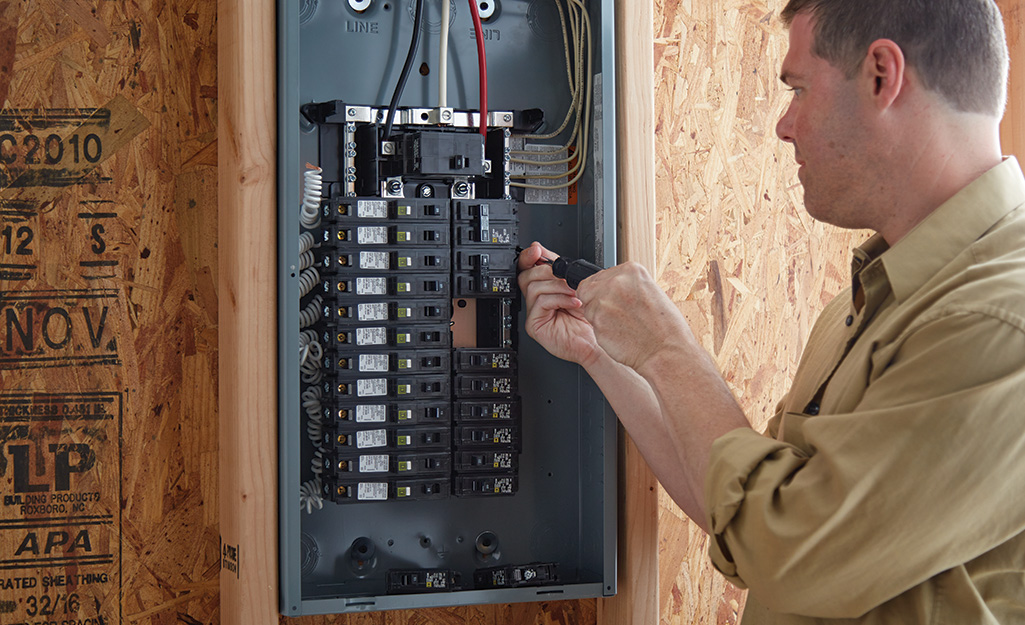
After asking “What is a circuit breaker?” you’ll need to determine how many and which types of circuit breakers you need in your home.
A circuit breaker operates at 80-percent of its rated capacity, so calculate how many breakers you need based on how many amps you need covered.
- Add up the loads of the devices and appliances that will run on the circuit. Usually, you can find these listed on a sticker or label attached to the items.
- If the load is calculated in watts, use this formula: watts divided by volts = amps. Example: 1,400W/120V = 12 amps.
The different types of circuit breakers include:
- Single pole or one-pole circuit breakers provide 120-volts in various amp ratings. Single pole circuit breakers rated 15- to 20-amps are typically used for receptacles and lighting. They are available in three types: full size (1-in. wide), half size (1/2-in. wide) and tandem (1-in. wide with two switches that control
two circuits). - Double pole or two-pole circuit breakers provide 240-volts in various amp ratings. Double pole circuit breakers are typically used for appliances and hot water heaters.
- Arc fault circuit interrupters (AFCI) are designed to shut down power to a circuit when they detect arcs of electricity caused by worn or damaged wires. AFCIs are used to protect circuits in bedrooms and common areas.
- Combination arc fault circuit interrupters (CAFCI) protect against the same arcs covered by AFCI as well as low-energy series arcing. They protect downstream branch circuit wiring and power cords.
- Ground fault circuit interrupters (GFCI) break a circuit instantly when a short is detected. They are used to protect circuits in wet areas such as bathrooms,
kitchens, garages
and unfinished basements. - Dual function (C/AFCI and GFCI) breakers combine the features and benefits of an AFCI breaker and a GFCI breaker into one. This dual breaker protects against both arc faults and ground faults. Not only is it convenient, but it's also easy to install and maintain.
When
replacing an electrical panel, consider the type, amperage and circuit breakers of your current electrical panel. Need help identifying a tool or material? Find products fast with image search in The Home Depot Mobile App. Snap a picture of an item you like, and we'll show you similar products.
